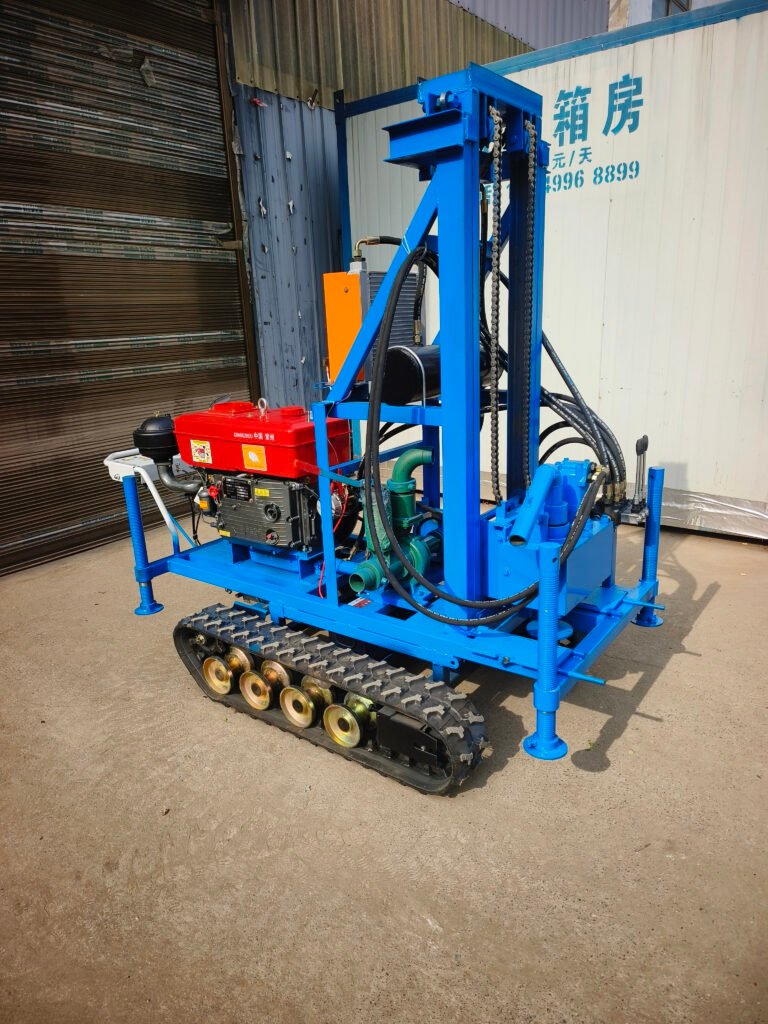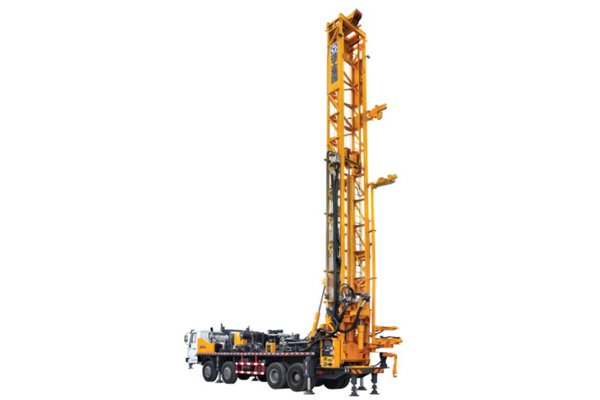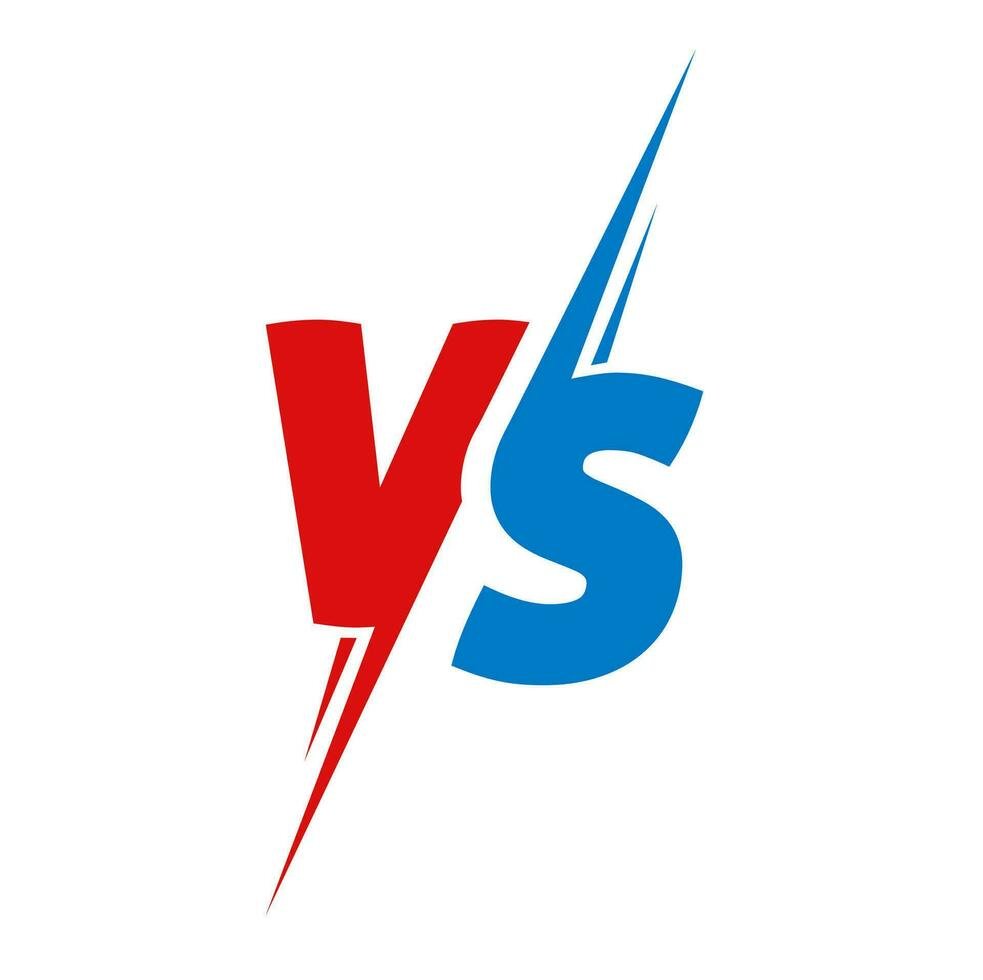By Sicher Zhong
May 14, 2025
Introduction
The drilling industry relies on versatile equipment to meet diverse project demands, and two common options—portable and truck-mounted drilling rigs—each offer distinct advantages and drawbacks. Contractors must weigh factors like mobility, setup time, cost, and terrain adaptability when choosing between them. Here’s a breakdown of their pros and cons.
Portable Drilling Rigs: Compact and Flexible

Pros:
- Mobility in Confined Spaces – Portable rigs are lightweight and modular, making them ideal for remote or cramped job sites where larger rigs can’t maneuver.
- Lower Transportation Costs – Their compact design allows for easy disassembly and transport on standard trailers, reducing logistics expenses.
- Terrain Versatility – Suitable for rough or unstable ground, portable rigs can be broken down and carried to challenging locations, such as mountainous regions or dense forests.
- Lower Initial Investment – Generally cheaper to purchase than truck-mounted rigs, making them attractive for small contractors or startups.
Cons:
- Longer Setup Time – Assembly and disassembly require more labor and time, potentially delaying projects.
- Limited Depth/Capacity – Smaller rigs may struggle with deep drilling or hard rock formations compared to heavy-duty truck-mounted units.
- Labor-Intensive – Frequent manual handling increases physical strain on crews.
Truck-Mounted Drilling Rigs: Power and Speed

Pros:
- Rapid Deployment – Integrated trucks enable “drill-ready” setups, minimizing downtime between sites.
- Greater Drilling Capacity – Larger rigs handle deeper holes and tougher substrates, ideal for oil, gas, or water well projects.
- Reduced Labor Costs – Fewer assembly steps mean smaller crews and faster operations, boosting efficiency.
- Onboard Support Systems – Many models include built-in compressors, hydraulic systems, and tool storage, streamlining workflows.
Cons:
- Higher Costs – Significant upfront investment and maintenance expenses for trucks and specialized components.
- Limited Access – Large rigs may struggle in tight urban areas or off-road environments without proper access roads.
- Permitting and Regulations – Oversized loads often require special transport permits, adding bureaucratic hurdles.
Industry Insights
John Keller, a drilling supervisor with Texas-based Lone Star Drilling Co., notes: *”We use truck-mounted rigs for 80% of our projects because speed pays. But when we’re in the Rockies, portables are the only option.”*
Meanwhile, environmental drilling specialist Maria Gonzalez highlights portables’ niche: “For wetland surveys, minimizing ground disturbance is key. Our portable rig lets us drill without leaving a footprint.”
The Bottom Line
The choice hinges on project specifics:
- Portable rigs excel in remote, restricted, or environmentally sensitive jobs.
- Truck-mounted rigs dominate in high-production, accessible sites where speed and power are priorities.
As technology advances, hybrid solutions—like modular truck systems—are emerging, blurring the lines between these categories. For now, contractors must balance cost, mobility, and capability to pick the right tool for the job.
— Reporting by Sicher Zhong, with field contributions from industry experts.
Tags: Drilling Equipment, Construction Technology, Oil & Gas, Mining

